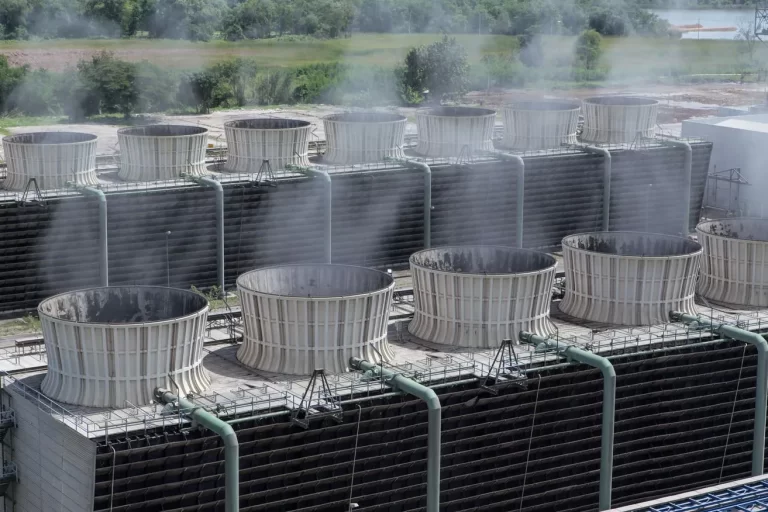Legionella bacteria can pose serious health risks if they proliferate in cooling towers, which are commonly used in various industries for heat exchange. Legionella can lead to Legionnaires’ disease, a severe form of pneumonia, especially when water droplets containing the bacteria are dispersed into the air. Therefore, maintaining cooling towers effectively is crucial to preventing the growth of this dangerous bacterium. Below are the best practices to ensure safe and healthy cooling tower operation.
Regular Water Treatment
- Chemical Treatment: Implement a consistent water treatment program that includes biocides and other chemicals designed to control the growth of Legionella Maintenance to Prevent Legionella and other harmful bacteria. Regular testing and adjustment of chemical levels are critical.
- Filtration Systems: Install filtration systems to remove particulates from the water. Particulate matter can harbor Legionella bacteria, so keeping the water clean reduces the risk of bacterial growth.
- pH and Conductivity Control: Regularly monitor and adjust pH levels and conductivity to maintain optimal water conditions that deter Legionella growth.
Routine Inspection and Cleaning
- Scheduled Cleaning: Cooling towers should be cleaned and disinfected at least twice a year, typically before and after the cooling season. Remove sludge, scale, and biofilm, as these can promote growth.
- Visual Inspections: Conduct frequent visual inspections to check for signs of contamination, debris accumulation, or standing water that can serve as breeding grounds for bacteria.
- Internal Components: Ensure that nozzles, basins, drift eliminators, and distribution decks are free from clogs and obstructions that could trap bacteria or prevent proper water circulation.
Maintain Proper Water Temperature
- Temperature Monitoring: Legionella thrives in water temperatures between 20°C and 45°C (68°F to 113°F). Therefore, it’s essential to keep the water temperature in the cooling tower outside this range whenever possible. Temperature control mechanisms should be in place to prevent prolonged exposure to favorable temperatures and Maintenance to Prevent Legionella for Legionella growth.
Implement a Legionella Risk Management Plan
- Legionella Risk Assessment: Develop a comprehensive Legionella risk management plan that includes detailed assessments of your cooling tower system. This plan should outline the potential risks, maintenance protocols, and emergency response procedures in the event of a outbreak.
- Regular Testing: Regular testing for Legionella bacteria should be part of your maintenance routine. This will help you detect and address contamination early, before it becomes a significant health hazard.
Upgrade to Anti-Legionella Technology
- UV Disinfection Systems: Consider integrating UV disinfection systems into your cooling tower to neutralize bacteria, including Legionella. UV light disrupts the DNA of the bacteria, rendering them harmless.
- Advanced Drift Eliminators: Drift eliminators help prevent water droplets from escaping into the air. Upgrading to advanced drift eliminators can reduce the risk of Legionella-contaminated water droplets being dispersed into the environment.
Adhere to Regulatory Standards
- Compliance with Regulations: Follow all local, national, and international regulations concerning cooling tower maintenance and prevention. This may include adhering to guidelines from organizations such as the Centers for Disease Control and Prevention (CDC), Occupational Safety and Health Administration (OSHA), or the World Health Organization (WHO).
- Industry Best Practices: Stay updated on industry best practices and implement any new recommendations for cooling tower maintenance and control.
Staff Training and Awareness
- Regular Training: Ensure that your maintenance staff are trained in Legionella prevention and cooling tower maintenance. They should be aware of the risks and familiar with the best practices for keeping the system clean and safe.
- Emergency Procedures: Staff should also be trained on what to do in case of a suspected Legionella contamination, including immediate disinfection and notifying the appropriate authorities.

